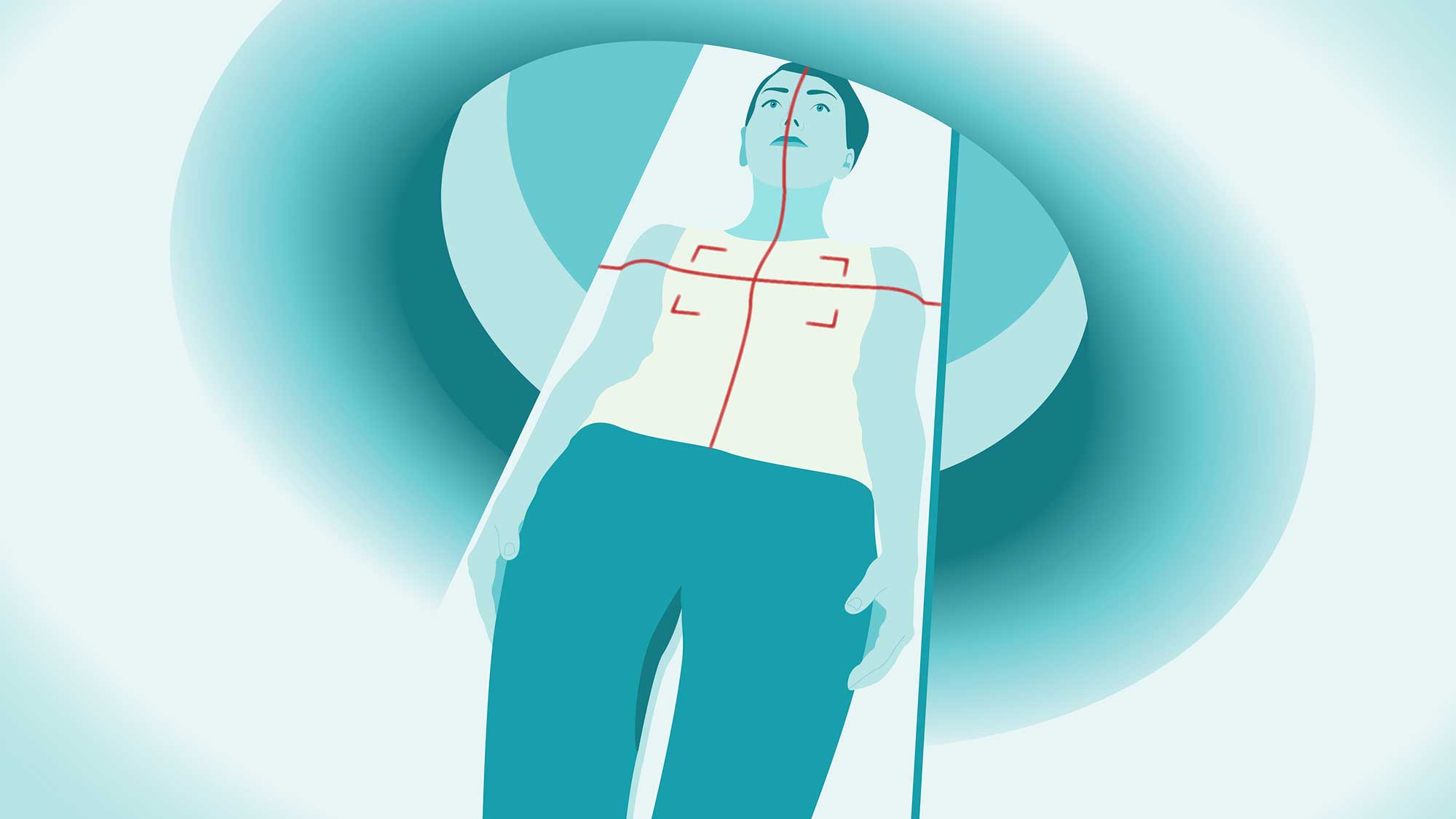Study Reveals Alarming Cancer Risks Linked to CT Scans

Computed tomography (CT) scans, while critical for medical diagnostics, may be responsible for approximately 5% of all cancer cases annually, according to a new and noteworthy study conducted by researchers at the University of California, San Francisco (UCSF). The study raises serious concerns regarding the overuse and potential overdose of these imaging procedures, particularly highlighting the heightened risks faced by vulnerable populations such as infants, children, and adolescents. However, it is important to note that adults, who are the most frequent recipients of these scans, are also at significant risk.
According to the study, an alarming prediction indicates that nearly 103,000 new cancer cases could arise from the estimated 93 million CT scans performed in the United States in 2023 alone. This figure represents a staggering three to four times higher incidence rate than previously documented in earlier assessments, prompting researchers to advocate for a critical review of current medical practices in relation to CT scan utilization. Dr. Rebecca Smith-Bindman, the lead author of the study and a radiologist at UCSF, emphasized, CT can save lives, but its potential harms are often overlooked. She is also a professor of epidemiology, biostatistics, and obstetrics, gynecology, and reproductive sciences at UCSF.
Dr. Smith-Bindman further stated, Given the large volume of CT use in the United States, many cancers could occur in the future if current practices dont change. The research also positions the risks associated with CT scans on par with other significant health risk factors, such as alcohol consumption and excessive body weight. The authors contend that reducing the number of scans performed as well as lowering the radiation doses per scan could consequently save numerous lives.
CT scans are an invaluable diagnostic tool, widely employed to detect tumors and diagnose a host of medical conditions. However, since 2007, the volume of annual CT examinations has surged by an astonishing 30% in the U.S. One of the primary concerns is that CT scans expose patients to ionizing radiation, a recognized carcinogen. The understanding that CT technology carries an elevated risk of cancer has persisted for some time, yet this study aims to provide clearer insights into the public health implications associated with current CT use.
To better gauge the public health impact, the study employed sophisticated methods to estimate the total number of lifetime cancers attributable to radiation exposure as a result of the CT scans performed in 2023. Co-author Dr. Diana Miglioretti, a breast cancer researcher and the chief of biostatistics at UC Davis, noted, Our approach used more accurate and individualized CT dose and utilization data than prior studies, allowing us to produce more precise estimates of the number of radiation-induced cancers. The updated estimates presented in the study suggest that the excess risks, especially among the youngest patients, are considerably higher than previously acknowledged.
The researchers analyzed a comprehensive dataset consisting of 93 million CT exams conducted on 61.5 million patients across the United States. Their findings revealed that the number of scans typically escalated with age, peaking in individuals between the ages of 60 and 69. Notably, children represented about 4.2% of the total scans analyzed; however, the researchers deliberately excluded tests conducted in the last year of a patients life from their analysis, as these scans were deemed unlikely to lead to any new cancer diagnoses.


























